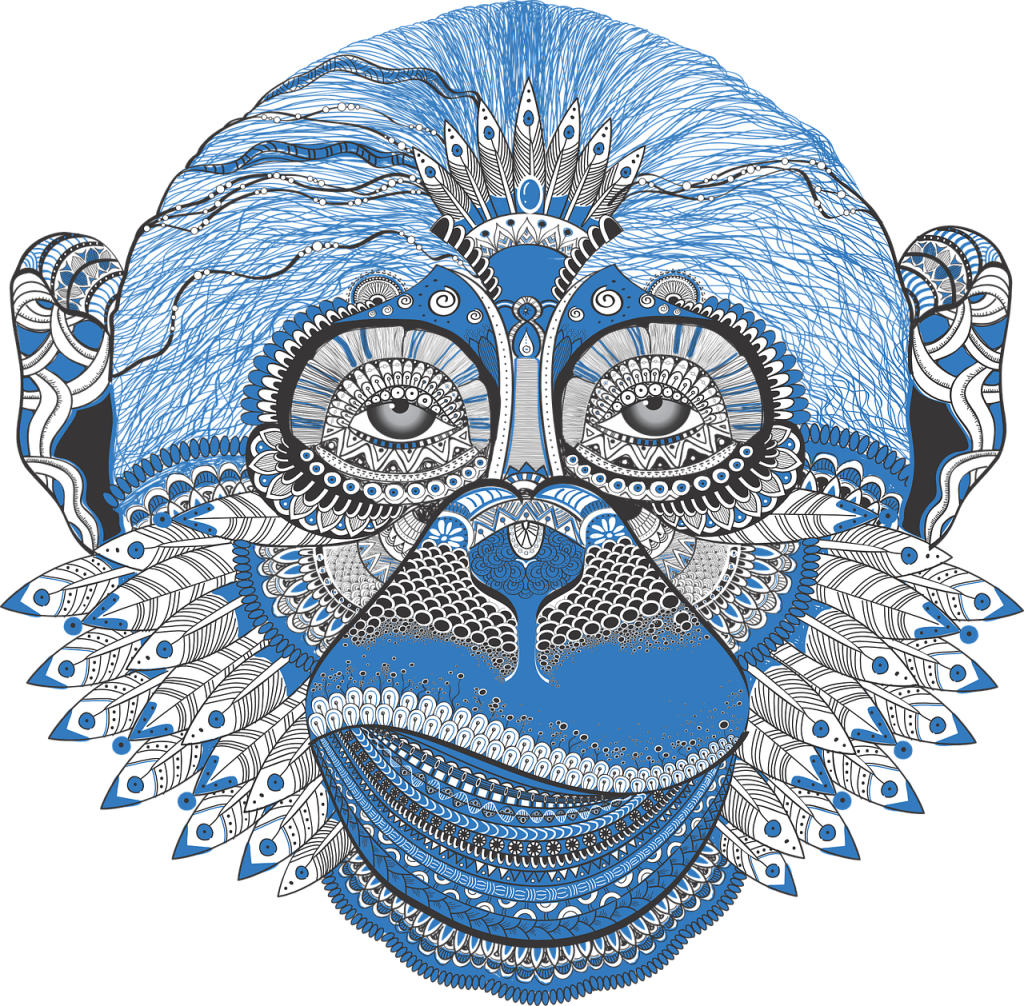Exploring the Sacred Symmetry: The Art and Meaning of Mandala
Introduction:
Humanity has been enthralled with mandalas—those elaborate and captivating circular works of art—for generations. Mandalas have their roots in ancient spiritual traditions and have now crossed cultural boundaries to become a worldwide representation of inner serenity, harmony, and balance. This article explores the journey of mandala art from spiritual practice to contemporary expression, delving into its rich history, symbolism, and present meaning.
The Origins of Mandalas:
In Sanskrit, the word “mandala” means “circle” or “discoid object.” Mandalas have been utilized historically in a wide range of religious and cultural contexts; their roots can be found in the ancient cultures of the Buddhists, Hindus, and Indigenous peoples. Mandalas are sacred symbols in Buddhism and Hinduism that stand for the cosmos, cosmic order, and the path to enlightenment. They are frequently employed as spiritual healing, meditation, and visualization aids.
Making mandalas is a spiritual exercise with profound contemplative meaning in addition to being an artistic undertaking. Drawing, painting, or building mandalas by hand is a path of self-discovery for both practitioners and artists. This method encourages focus, attention, and a strong bond with one’s inner self, which results in life-changing realizations.

A deep symbolism reflecting the interconnection of all things is at the core of mandala art. The mandala’s circular shape represents oneness, wholeness, and the never-ending cycle of life and death. The mandala is adorned with elaborate geometric patterns, symbols, and vivid colors that radiate forth from the center, each with a distinct symbolic meaning. Each element in a mandala has a deeper meaning; lotus blossoms represent purity and enlightenment, while the infinite knot symbolizes the interdependence of all beings.
A deep symbolism reflecting the interconnection of all things is at the core of mandala art. The mandala’s circular shape represents oneness, wholeness, and the never-ending cycle of life and death. The mandala is adorned with elaborate geometric patterns, symbols, and vivid colors that radiate forth from the center, each with a distinct symbolic meaning. Each element in a mandala has a deeper meaning; lotus blossoms represent purity and enlightenment, while the infinite knot symbolizes the interdependence of all beings.

The Mandala Craft as a Spiritual Exercise:
Making mandalas is a spiritual exercise with profound contemplative meaning in addition to being an artistic undertaking. Making mandalas requires concentration, mindfulness, and focused attention. It is regarded as a kind of sacred art in many cultures. When creating intricate drawings, paintings, or mandalas, artists frequently go on a contemplative path that transforms their artistic process into a vehicle for spiritual study and self-expression.
The Tibetan Buddhist tradition of creating “sand mandalas” is one of the most well-known mandala creation methods. Over a period of days or weeks, Tibetan monks painstakingly apply colored sand to a level surface, creating elaborate mandala patterns. The laborious procedure represents the impermanence of existence, as the finished mandala is eventually ceremoniously disassembled, signifying the fleeting essence of being and the significance of distancing oneself.
Modern Interpretations of Mandala Art:
Mandala art has had a renaissance in recent years as modern artists bring this antiquated custom in fresh and inventive ways. Artists are exploring the infinite possibilities of mandala art in the modern era, from elaborate hand-drawn mandalas to digital compositions and large-scale installations.
Making mandalas is a common way for artists to express themselves, find healing, and advance personally. Making mandalas is a great way for people to explore their deepest feelings and thoughts, access their subconscious, and develop inner calm and mindfulness. Mandala art therapy has becoming more and more well-liked as a therapeutic modality for people looking to lower their stress and anxiety levels and enhance their overall wellbeing.
Conclusion:
Mandala art is a timeless reminder of the inherent beauty, harmony, and connectivity of all things in a world full of volatility and unpredictability. Regardless matter whether they are utilized for introspection, meditation, or artistic expression, mandalas never cease to uplift and inspire individuals of all ages and backgrounds. We are reminded to seek balance, discover inner calm, and accept the holy symmetry of life itself as we look at the complex patterns of a mandala.
